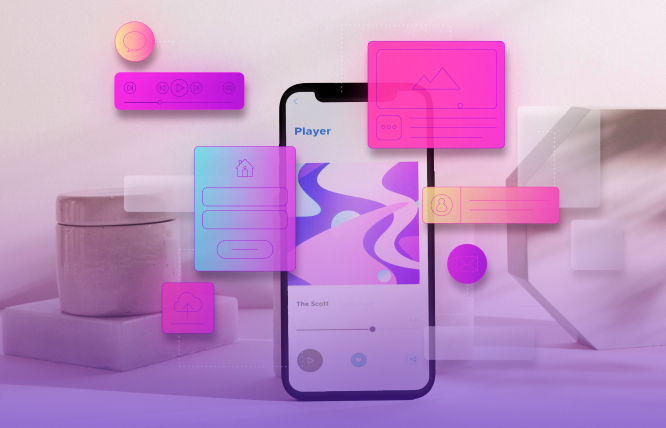In today’s digital-first world, businesses across industries are investing heavily in mobile app development. A well-designed app can enhance customer engagement, streamline operations, and open up new revenue opportunities. However, despite its potential, many app projects fail due to avoidable mistakes.
If you’re planning to launch an app for your business, it’s important to be aware of the common pitfalls. In this blog, we’ll explore the top mistakes to avoid in mobile app development projects and how you can ensure success.
1. Lack of Market Research
One of the biggest mistakes startups and businesses make is diving into mobile app development without proper research. Understanding your target audience, competitors, and market trends is crucial before writing a single line of code.
How to avoid this mistake:
-
Conduct surveys and interviews with potential users.
-
Analyze competitor apps to see what works and what doesn’t.
-
Validate your app idea before investing heavily.
2. Ignoring User Experience (UX)
Even the most feature-rich app will fail if it’s not user-friendly. Poor navigation, cluttered design, or confusing interfaces can quickly drive users away.
How to avoid this mistake:
-
Focus on simple, intuitive navigation.
-
Prioritize speed and performance.
-
Conduct usability testing before launch.
3. Overloading with Features
Many businesses assume that adding more features will make their app more appealing. In reality, too many features can overwhelm users and slow down performance.
How to avoid this mistake:
-
Start with a Minimum Viable Product (MVP).
-
Focus on core features that solve user problems.
-
Add advanced features gradually based on user feedback.
4. Neglecting Platform Guidelines
Each platform—iOS and Android—has its own design principles and technical requirements. Ignoring these guidelines can lead to app rejection or poor user experience.
How to avoid this mistake:
-
Follow Apple’s Human Interface Guidelines and Google’s Material Design principles.
-
Test your app thoroughly on different devices and operating systems.
5. Poor Performance Optimization
Nothing frustrates users more than an app that crashes, loads slowly, or drains battery life. Performance issues are one of the main reasons apps get uninstalled.
How to avoid this mistake:
-
Optimize code for efficiency.
-
Minimize app size for faster downloads.
-
Regularly monitor performance metrics after launch.
6. Skipping Security Measures
With growing concerns about data privacy, security should be a top priority in mobile app development. Many apps fail because they don’t adequately protect user data.
How to avoid this mistake:
-
Implement strong encryption for sensitive data.
-
Use secure APIs and authentication methods.
-
Regularly update the app to fix vulnerabilities.
7. Ignoring Cross-Device Compatibility
Users access apps on different devices, screen sizes, and operating systems. If your app doesn’t work seamlessly across them, you risk losing a large portion of your audience.
How to avoid this mistake:
-
Test your app on a wide range of devices.
-
Use responsive design principles.
-
Consider hybrid frameworks if targeting multiple platforms.
8. Not Planning for Updates
Many businesses treat app development as a one-time project. In reality, successful apps require ongoing updates to fix bugs, add features, and stay relevant.
How to avoid this mistake:
-
Build a roadmap for future updates.
-
Collect user feedback regularly.
-
Allocate resources for long-term maintenance.
9. Poor Testing Before Launch
Launching an app without proper testing is a recipe for disaster. Bugs, crashes, and glitches can ruin the user experience and damage your brand reputation.
How to avoid this mistake:
-
Conduct beta testing with real users.
-
Use both automated and manual testing.
-
Test under different network conditions.
10. Neglecting Marketing and Promotion
Even the best app won’t succeed if no one knows about it. Many businesses focus only on development and forget about marketing.
How to avoid this mistake:
-
Create a pre-launch marketing strategy.
-
Use app store optimization (ASO) techniques.
-
Promote your app through social media, influencers, and email campaigns.
Conclusion
Mobile app development offers incredible opportunities, but only if approached strategically. By avoiding common mistakes like poor market research, weak UX design, lack of security, and inadequate testing, you can significantly increase your chances of success.
Working with an experienced development team can also help you navigate these challenges effectively, ensuring that your app not only launches successfully but continues to grow with your business.
Frequently Asked Questions
Have questions or feedback?
Get in touch with us and we‘l get back to you and help as soon as we can!




